Whitewashed Winx
Netflix’s ‘Fate: The Winx Saga’ lacks the diversity of the original ‘Winx Club,’ and is a missed opportunity for representation in young adult programming.
Flora, the Latinx fairy in the animated Winx Club (left), is renamed Terra and played by white actress Eliot Salt in the live-action adaptation Fate: The Winx Saga (right). Winx Club’s strides in racial inclusivity were completely overturned by the whitewashing of characters in Fate: The Winx Saga.
When I was younger, I longed to be represented on screen. I wanted to see dark-skinned girls who looked like me and strong women in significant roles. As I curled up on the couch and turned on the television, I was met with an array of characters who reflected the diverse community around me in Winx Club, a show that strived for racial inclusivity for its younger audience.
But when I watched Fate: The Winx Saga, the live-action adaptation of Winx Club that debuted on Netflix in January, I was disheartened by the whitewashing of characters of color in this “mature” take on the animated Winx Club.
Airing on Nickelodeon from 2004 to 2019, the original Winx Club was a fun and empowering animated series starring a group of racially diverse fairies. It followed their colorful adventures while attending the magical boarding school, Alfea College for Fairies. With people of color making up the majority of the main cast — including Aisha, a Black fairy; Flora, a Latinx fairy; and Musa, an East Asian fairy — Winx Club was extremely important because of its on-screen diversity and inclusivity.
Unfortunately, the live-action Fate: The Winx Saga delivers an obvious erasure of the characters of color. Musa, the East Asian fairy, is played by white-passing actress Elisha Applebaum, and Flora, the Latinx fairy, is renamed “Terra” and played by white actress Eliot Salt.
And although Aisha, the Black fairy, is portrayed by British-Nigerian actress Precious Mustapha, she is treated as a token POC character. Aisha immediately falls into the “black best friend” trope and never seems to exist on her own. Her appearances in the show are solely for supporting the white characters. Out of all of the fairies in Fate: The Winx Saga, Aisha is the only character of color, making the “representation” feel forced.
Whether it’s M. Night Shymalan’s The Last Airbender (the originally-Asian characters were played by white actors in the film) or Ghost in the Shell (in the English language adaptation of the Japanese manga, Motoko Kusanagi, a Japanese character is played by white actress Scarlett Johansson), whitewashing occurs much too often in Hollywood. The show runners behind Fate: The Winx Saga missed an opportunity to release a series that matched the diversity of its young audience and show that people of color can be protagonists and heroes, too.
In addition to the whitewashing, Fate: The Winx Saga has cheap-looking CGI and a muted color palette, a stark contrast to the vibrant colors and imagery of the animated Winx Club which amplified its magical setting.
Speaking of magic, Fate fails to properly portray the vivacious fantasy of the original story. The high-spirited animations in the original series blend the eccentric world of the fairies with the real world, whereas Fate: The Winx Saga’s poor CGI further disconnects the characters from their dull-looking world.
If Netflix had attempted to interpret the story with a similarly diverse cast and imagery better suited to its magical setting, the series might not be such a gross letdown. With another season announced on Feb. 18, I’m hoping Netflix will take major steps to diversify the cast and improve the visuals.
Your donation supports the student journalists at Brea Olinda High School! The contribution will help us purchase equipment, upgrade technology, and cover our annual website hosting costs.
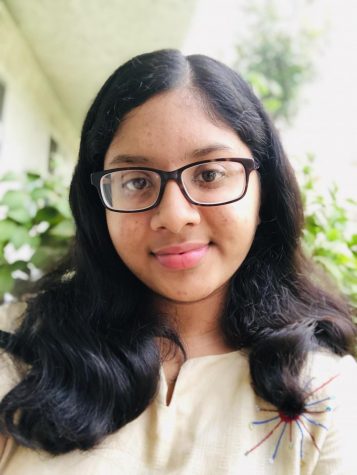
Srimahita “Sri” Addagarla is a freshman who is excited to begin her first year on the Wildcat staff. When she isn’t reading (or rereading), she loves...
Makayla Huerta, senior, is excited for her third year of illustrating for the Wildcat. She spends her days creating artwork, jamming out to music, and...


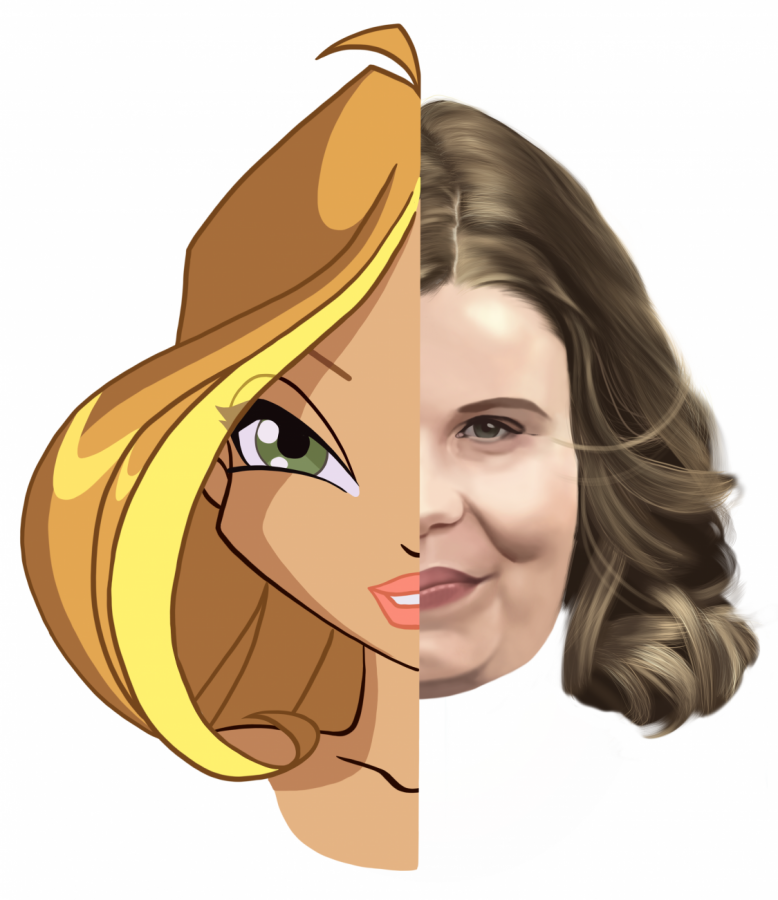
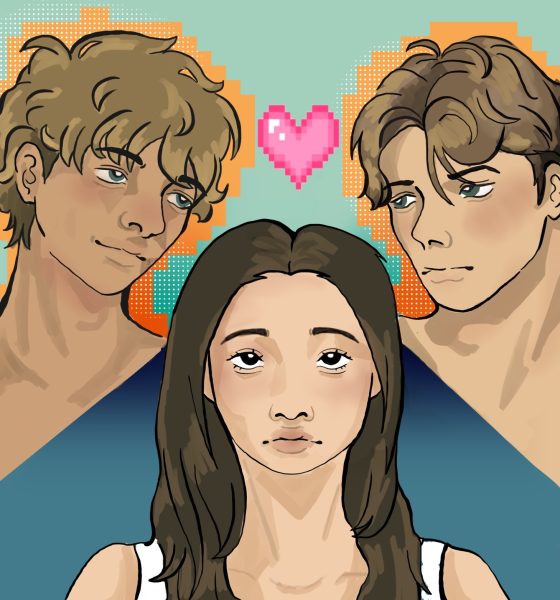
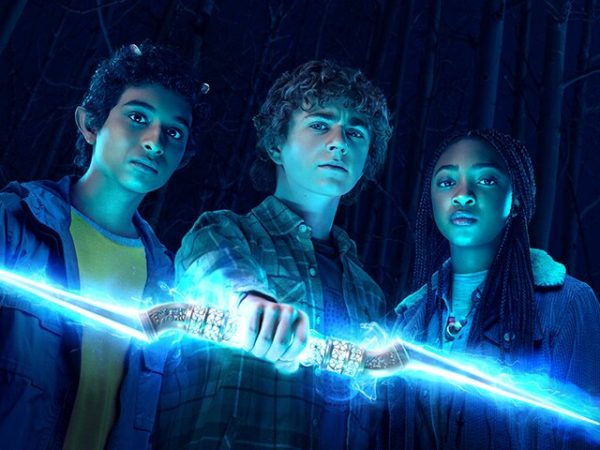

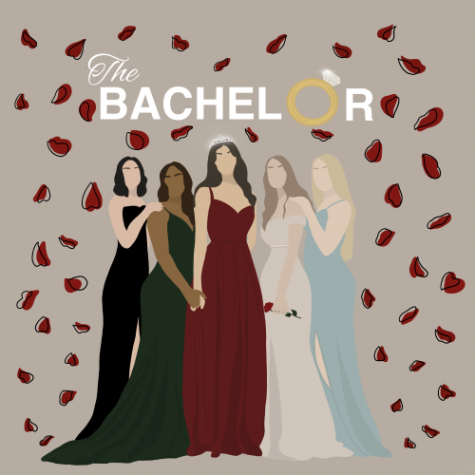

Winx • Oct 23, 2022 at 9:22 pm
Wow, all this race-baiting was for nothing. And I can’t believe you use Latinx a word many Latinos hate. Now that is whitewashed.
T • Sep 17, 2022 at 3:16 pm
Flora is a separate character from Terra. They even mentioned this season 1. Flora shows up season 2 and is not white. The winx club aired when most of us were children, I think Netflix did a good job at bringing the show back aimed at the audience who grew up with it, now very much older.
Faye • Nov 30, 2021 at 2:17 pm
Flora wasn’t a character in Fate. She was one of the girl’s cousins.